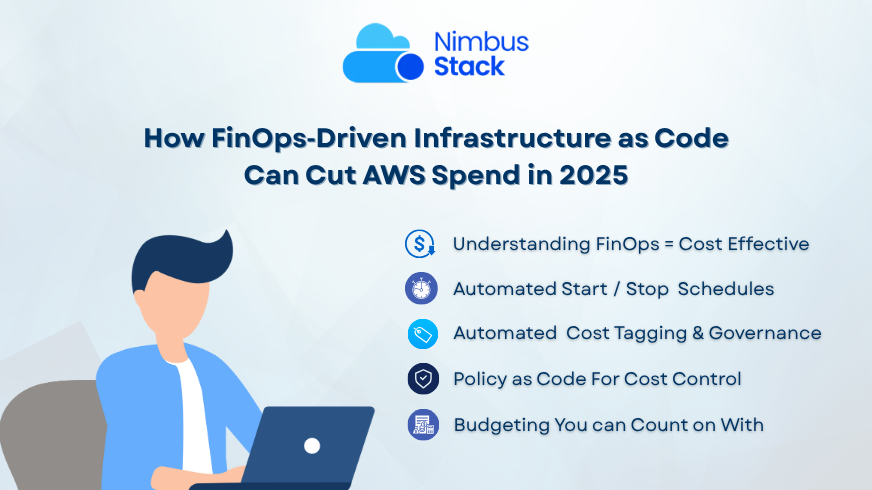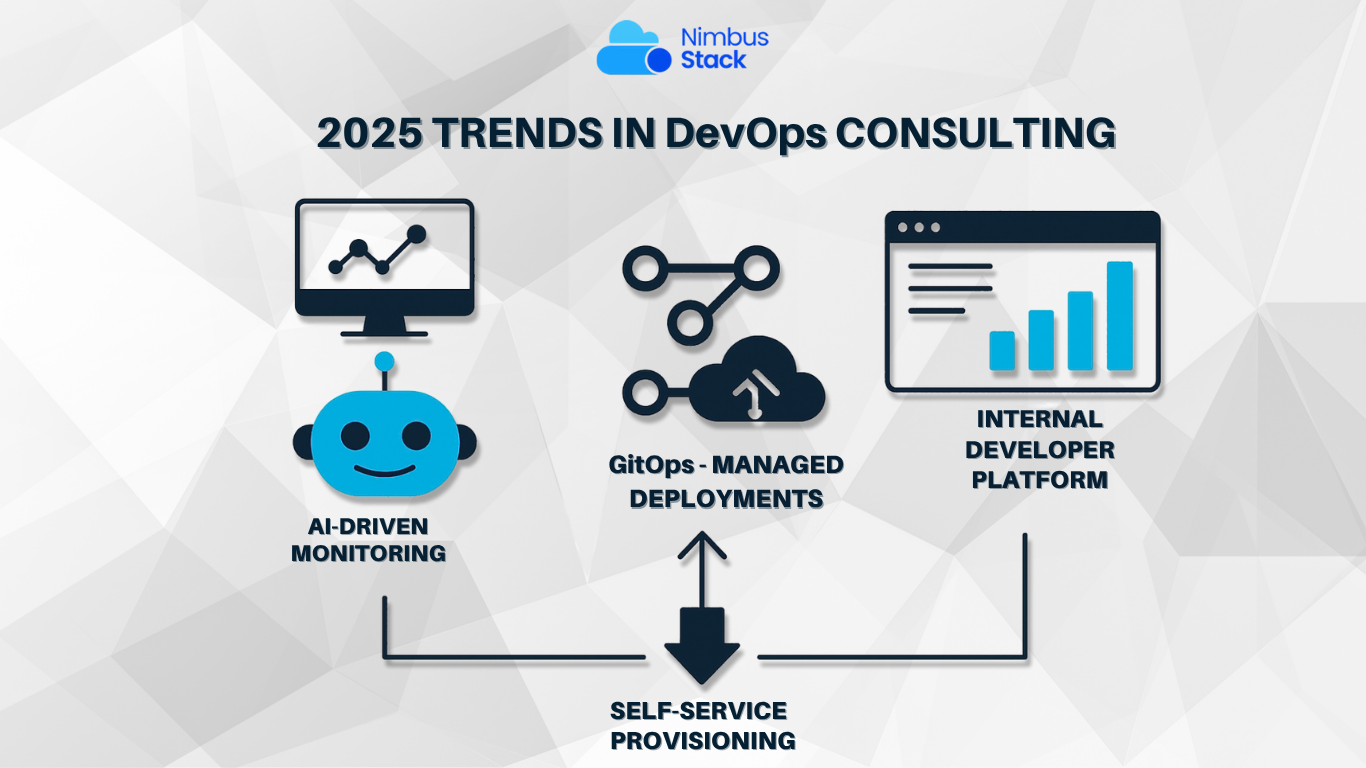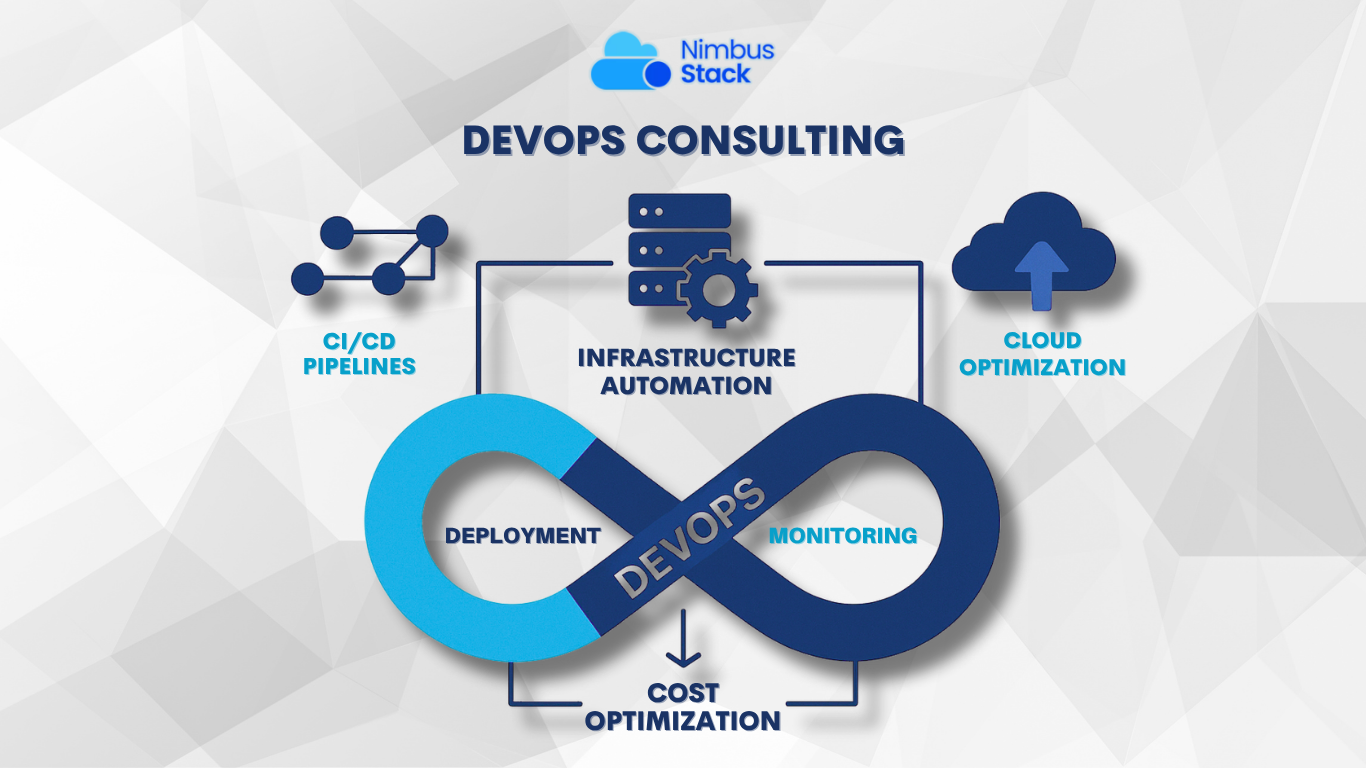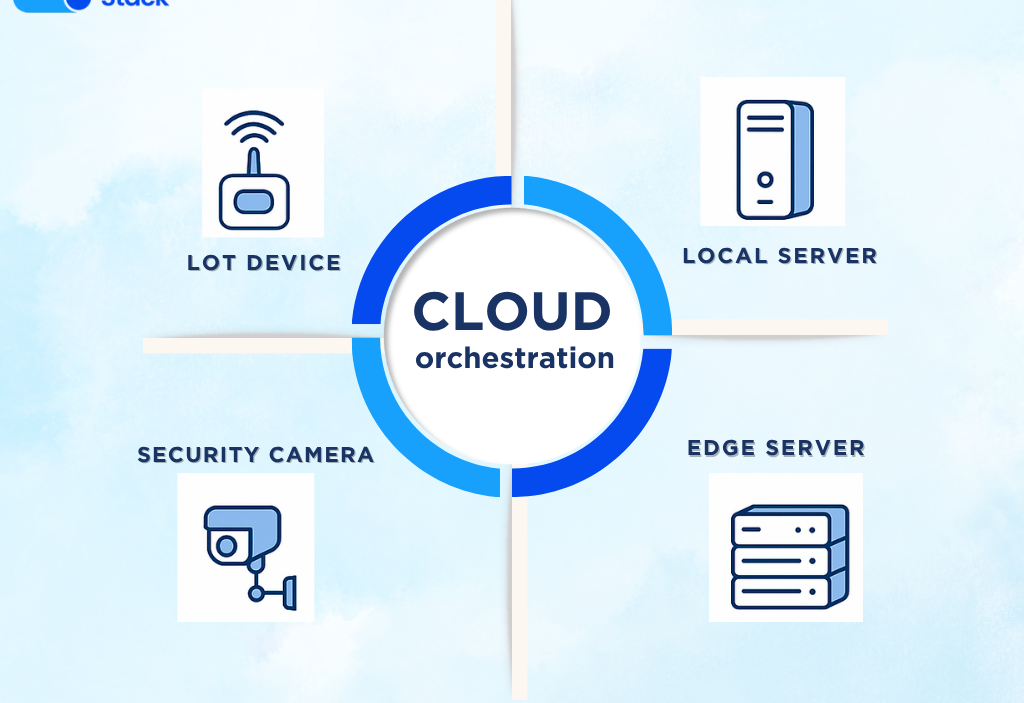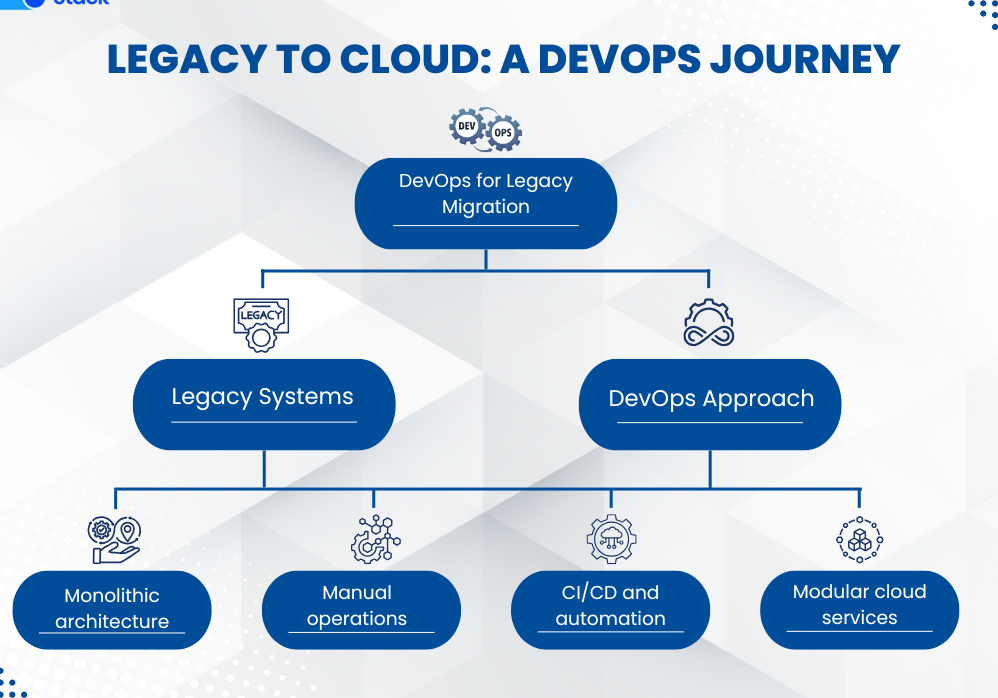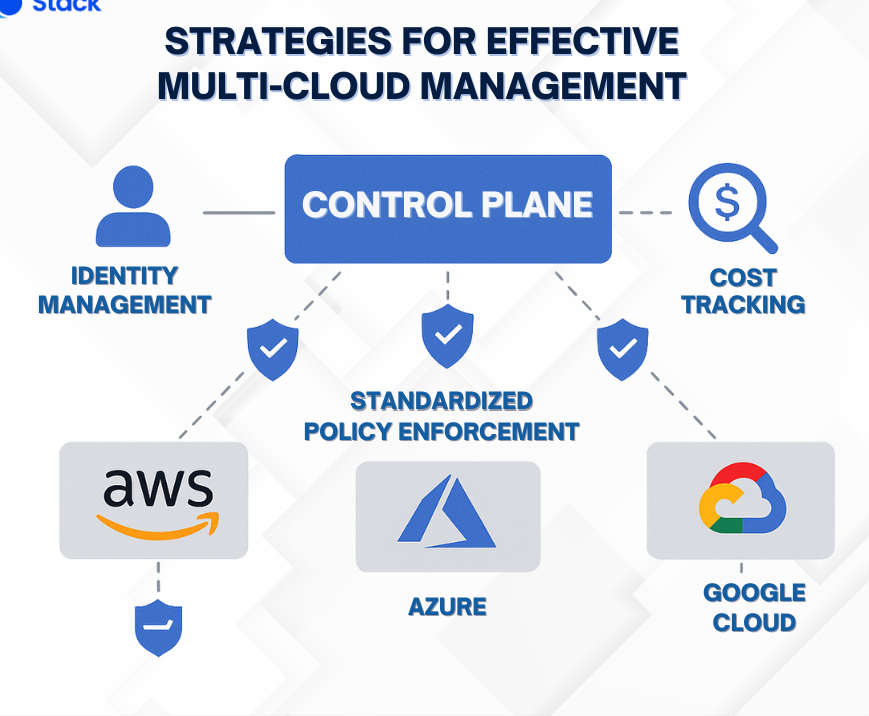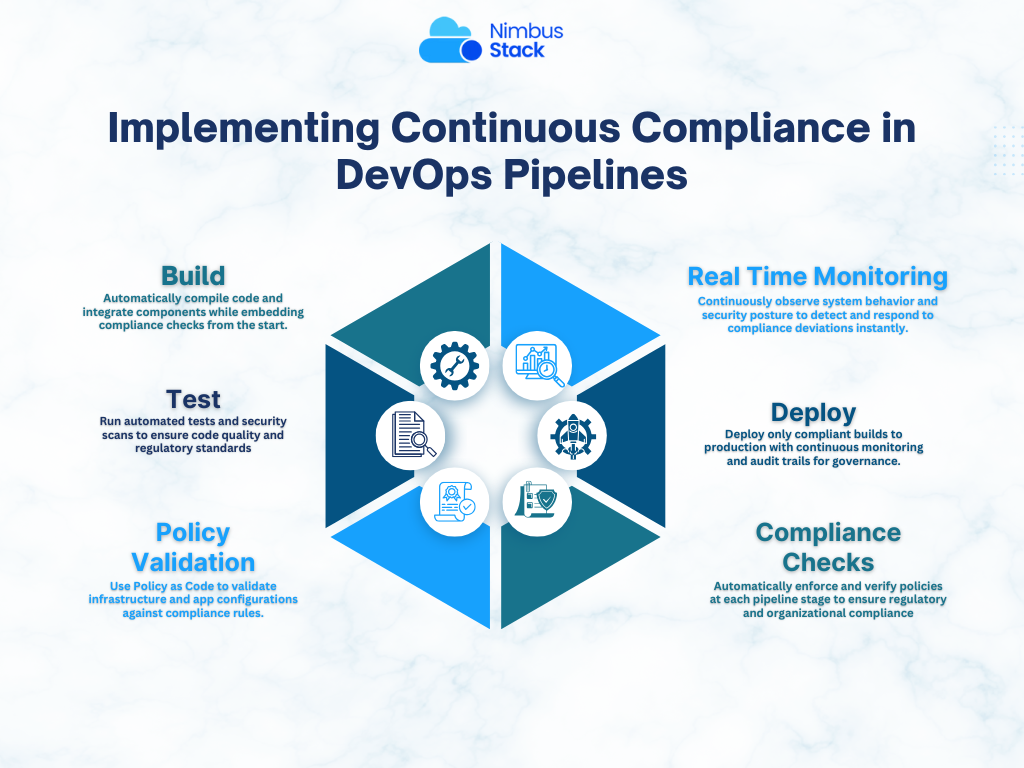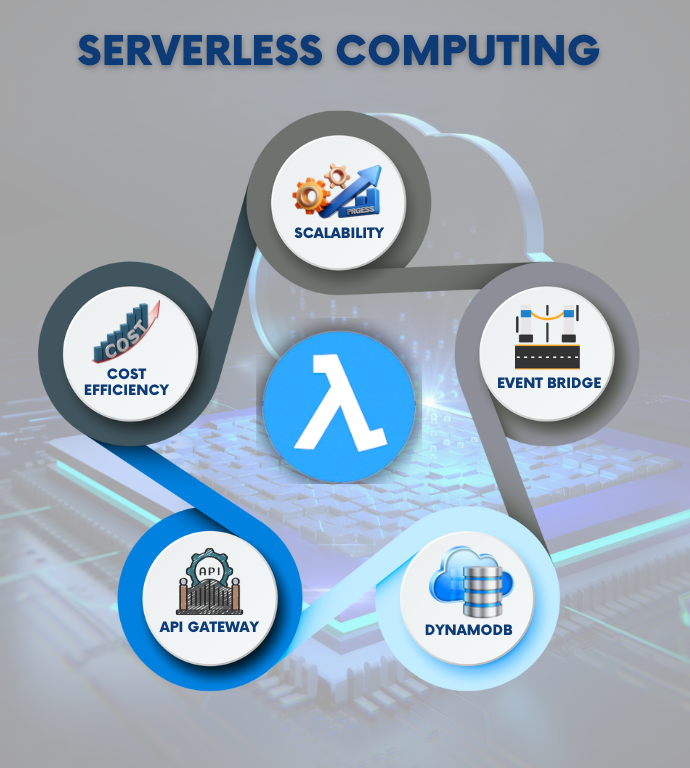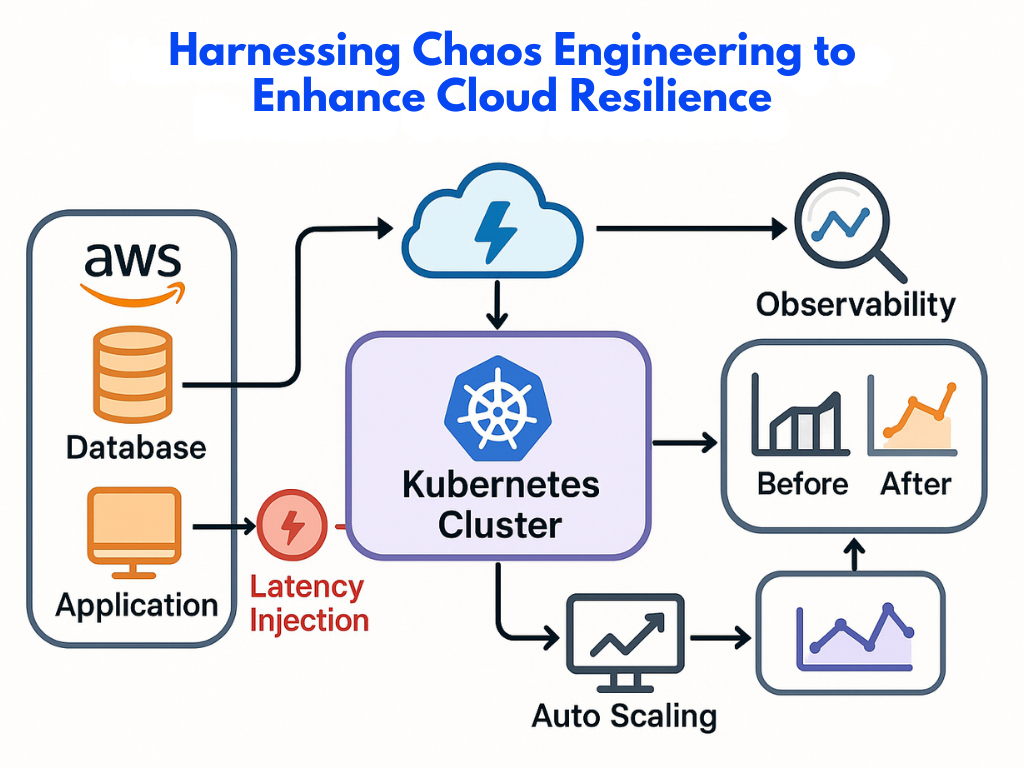In 2025, companies are feeling more pressure than ever to control what they spend on the cloud while still keeping services quick and flexible. Since Amazon Web Services still rules the cloud space, many teams find their monthly AWS bills climbing out of control. The real fix sits where FinOps meets...
In 2025, DevOps consulting is entering a new phase, fueled by automation, intelligence, and developer-first platforms. Three trends are shaping the future: AI-driven workflows, GitOps for environment control, and internal platform engineering. Together, they redefine how teams deliver software and s...
Digital transformation initiatives often stall due to outdated workflows, siloed teams, and inefficient infrastructure. DevOps consulting services solve this by aligning development and operations, automating delivery pipelines, and modernizing infrastructure, unlocking speed, scalability, and cost ...
Cloud computing has long been the backbone of modern digital transformation. But as applications become more latency-sensitive and data-intensive, especially in fields like IoT, autonomous systems, and real-time analytics, a complementary approach is gaining traction: edge computing. Edge computing ...
Migrating legacy systems to the cloud is no small feat. These systems—often critical, complex, and deeply embedded in business operations—weren’t built with cloud-native principles in mind. But the benefits of modernization are undeniable: better scalability, improved agility, lower costs, and...
As organizations grow and diversify, so do their cloud strategies. Increasingly, businesses are embracing multi-cloud architectures—leveraging services from multiple cloud providers such as AWS, Azure, and Google Cloud—to improve resilience, avoid vendor lock-in, and meet compliance or performan...
As microservices architectures grow in complexity, managing how services interact becomes increasingly challenging. Traditional approaches to service-to-service communication—once manageable in monolithic systems—now struggle to meet the demands of modern, distributed applications. That’s wher...
In a fast-paced DevOps world, speed is everything—until compliance becomes an afterthought. For organizations bound by regulatory requirements like GDPR, HIPAA, SOC 2, or PCI-DSS, overlooking compliance can lead to legal, financial, and reputational risks. But here’s the good news: compliance do...
Serverless computing has reshaped how modern applications are architected, developed, and deployed. By abstracting away server management, it allows developers to focus solely on writing code and delivering business value—without the operational overhead of provisioning, scaling, and maintaining s...
Modern cloud applications are designed for speed, flexibility, and scale—but with that complexity comes fragility. Unexpected outages, cascading failures, or misconfigured systems can bring even the most well-architected services to a halt. The solution? Break your own systems—before they break ...

